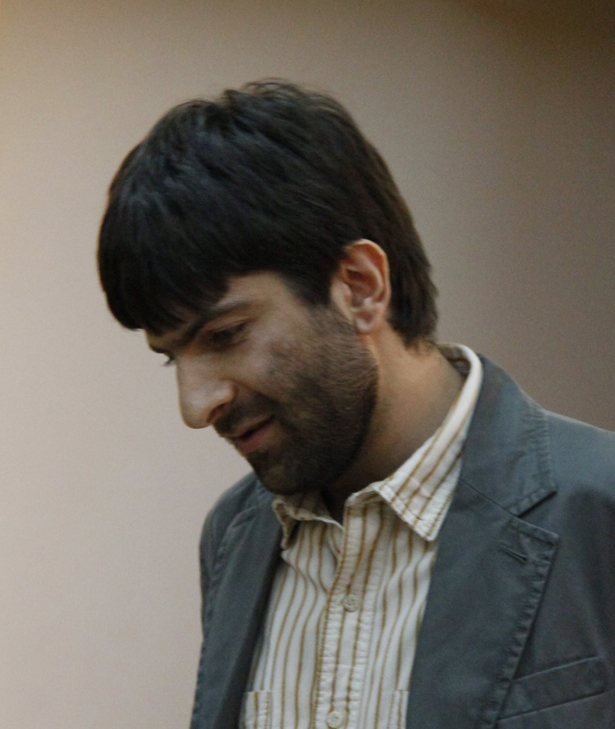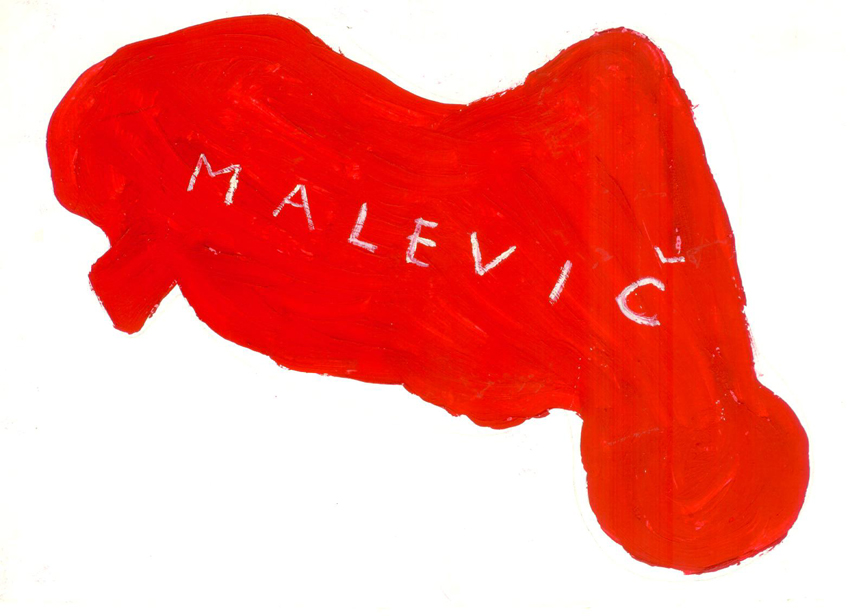Art History and the Challenge of Apprehending the Familiar: A Conversation with Vardan Azatyan
Vardan Azatyan is an art historian, theoretician and translator. He is Associate Professor of Art History and Theory at the Yerevan State Academy of Fine Arts. He also teaches at the Institute of Contemporary Art in Yerevan. Azatyan has taught at Columbia University and the Dutch Art Institute. His articles were published in Oxford Art Journal, Springerin, ARTMargins and other international publications. Together with Malcolm Miles, Azatyan edited Cultural Memory (2010). He is the author of Art History and Nationalism (Yerevan: Actual Arvest, 2012) and has translated George Berkeley and David Hume into Armenian.
Angela Harutyunyan: Your 2012 … Read more






